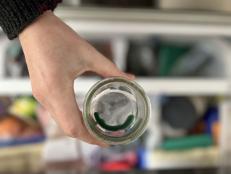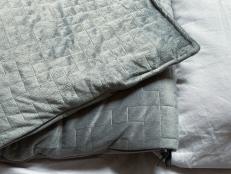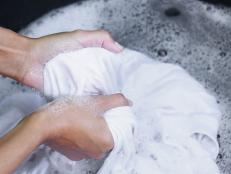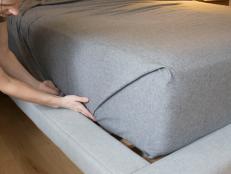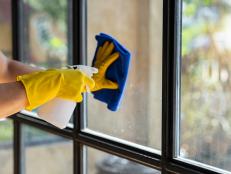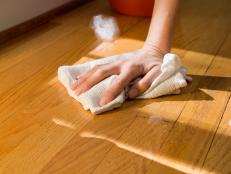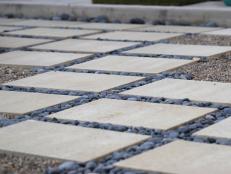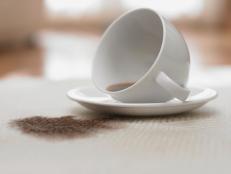How to Clean Jewelry
From fine heirlooms to modern metals and costume jewelry, learn how to clean it well so it lasts a lifetime.

There’s no denying that jewelry gets just as dirty as our clothing and skin, but even treasured pieces are often overlooked from routine cleaning and care. Jewelry is especially prone to being compromised by moisturizers, makeup and sunscreens, and is also affected by friction against garments and skin. We think you’d agree that even everyday earrings and wedding bands are usually dirtier than you’d expect them to be.

While it’s best to clean all of your jewelry on an annual basis, you should clean your most-worn accessories on a more frequent basis. Start by understanding what the piece is made of, and from there, use your judgment as to the correct cleansing treatment for the material and finish. When in doubt, opt for plain dish soap and water, microfiber cloths and soft, unused toothbrushes that can get into the crevices.
There are a variety of other tools for cleaning jewelry, too. Popular ultrasonic cleaners use sound waves to extract dirt, and gentle store-bought cleansers are marketed to promise efficient removal of tarnish while making diamonds and other stones shine. Some homemade solutions are also effective. What you need ultimately depends on the type of jewelry you’re trying to clean.

Cleaning Silver Jewelry
Silver cleaner is readily available at stores, but it can take some real patience and elbow grease to manually remove tarnish, especially in tight areas. You can always use a soft-bristled toothbrush and cloth to massage the solution over the jewelry for the best results, but if you want to try a thorough DIY cleaner, give this classic tutorial a try:
What you’ll need:
- glass bowl
- aluminum foil
- 1 cup of boiling water
- 1 tablespoon of baking soda
Tear off a sheet of aluminum foil and line the inside of a bowl with it. Boil the water, and mix in the baking soda once you turn off the heat. Place your silver jewelry in the bowl, and pour the water solution into the bowl. The foil and baking soda create a chemical reaction that reverses tarnishing. Leave the jewelry to soak for a few minutes (longer if the tarnishing is really bad) and then remove the jewelry and allow it to air dry.

Cleaning Gold Jewelry
Gold jewelry is softer than silver, so avoid cleaners that include agitators, even baking soda. Gold, diamond, and precious stones are often easily maintained using a gentle store-bought cleanser, but there are DIY solutions available that do just as good of a job. While gold jewelry can be freed of tarnish using the above aluminum foil technique, be sure to swap out the baking soda for plain dish soap.

Here’s another at-home cleaning solution you can try.
What you’ll need:
- 1 cup of warm water (not boiling)
- dish soap
- 1 teaspoon of ammonia
- clean toothbrush
- dry microfiber cloth
Combine the water and dish soap into a cup and agitate to form bubbles. Add your jewelry to the cup, and then add the ammonia. Allow the jewelry to sit for a minute, and then remove. The soap and ammonia will loosen build-up and you’ll be able to brush it clean with a soft toothbrush. Use the cloth to dry and polish it.

Cleaning Costume Jewelry
Fashion jewelry is usually made of non-precious base metals like brass, copper or aluminum. They’re less expensive to produce and purchase, but with a little care, even fast fashion can last longer than a season.
To help costume jewelry last, wear the items for shorter periods of time, never to bed, in the shower or in the pool (chlorine and contact with other chemicals can cause irreversible tarnishing and wear). Store jewelry carefully when not in use.
Inexpensive jewelry is more likely to be plated and subject to wear, or more likely to have adverse reactions to harsh cleaning products. Soap and water are almost always the best way to keep your costume jewelry free from oils it may come into contact with when worn. Gentle, less frequent cleansing of these pieces is always preferable to scrubbing with agitating brushes and cloths.











